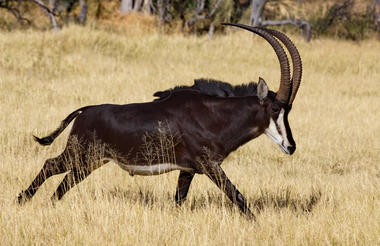Located in southwestern Africa, Namibia boasts a well-developed infrastructure, some of the best tourist facilities in Africa, and an impressive list of breathtaking natural wonders. Visitors can explore the capital of Windhoek and discover the lovely coastal town of Swakopmund boasting remnants of the country’s German influence, reflected in the architecture, culture, cuisine and the annual Oktoberfest celebrations. To properly appreciate this extraordinary country, you will have to venture out of the cities to explore the remarkable natural landscapes Namibia has to offer. These include: the impressive Fish River Canyon; the vast Etosha National Park teeming with abundant wildlife, such as lions, desert-adapted elephants and the Hartmann's Mountain Zebra; the hauntingly beautiful Kalahari Desert; and of course the Namib Desert stretching for over 2000 km along the magnificent Atlantic Coast. Namibia is an ideal destination for travellers seeking an unforgettable African experience in a uniquely beautiful untamed wilderness.
Situated in Central Namibia, the cosmopolitan city of Windhoek serves as the capital of the country. It is home to an international airport and a plethora of restaurants, shops, entertainment venues and accommodation options. The city is clean, safe and well-organised, with a colonial legacy that is reflected in its many German eateries and shops, and the widespread use of the German language. Windhoek has an interesting mix of historical architecture and modern buildings, many of which are worth a look, including the Alte Feste an old fort, the 1896 Christuskirche Christ Church, and the more contemporary Supreme Court.
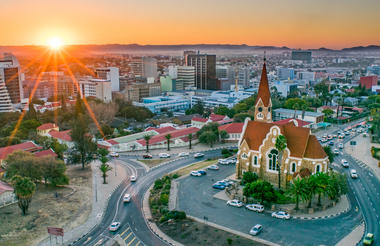
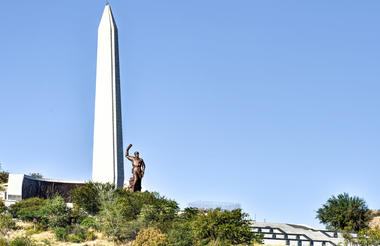
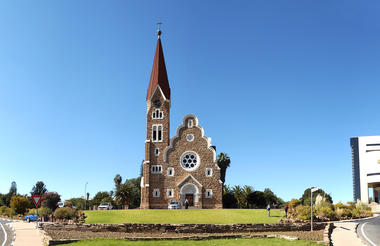
Set just outside the south-western border of Etosha National Park, Etosha Heights Private Reserve offers enthralling landscapes, a huge variety of flora and fauna, and a wide range of thrilling activities. Vast savannah, rivers, forests, Mopani woodland, salt pans and dolomite hills spread themselves over the 60,000-hectare area. Numerous safaris and game drives offer the chance to see kudu, lion and the elusive mountain zebra (in the hills) and sable, black-faced impala, giraffe, aardvark, elephant and many more (around the waterholes). Visitors can also take night drives and bush picnics. A double-storey photography hide allows close-up encounters with an incredible diversity of gorgeous birdlife and animal life. Fantastic luxury facilities are provided by the accommodation options.



Where Kaokoland meets the Skeleton Coast, in western Namibia, the 270-kilometre-long Hoanib River is one of the last water oases in the country, providing a haven for numerous animals. Home to 75% of Namibia’s endemic species, including the largest numbers of desert-adapted, free-roaming elephants, lions, and rhinos in the world, as well as zebra, kudu, and giraffe, this is a truly exceptional and awe-inspiring place. Visitors can enjoy taking a wonderful four-wheel-drive route, going on adventurous hiking trails, running down enormous sand dunes, or climbing massive, strangely shaped rock formations as well as several guided nature walks.
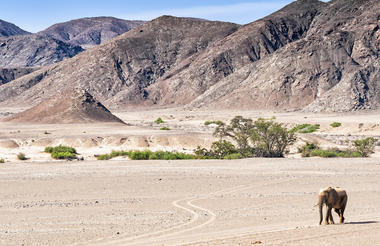
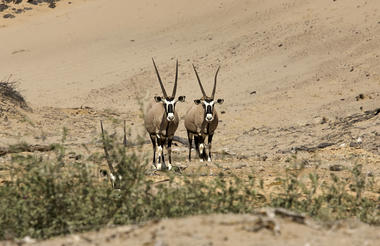
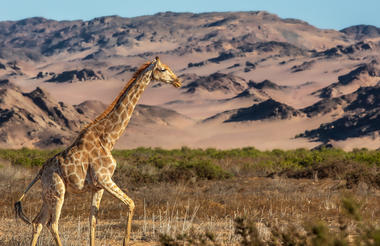
Stretching from the Swakop River to southern Angola, Namibia’s Skeleton Coast is known as the 'Land God Made in Anger'. Thousands of miles of sandy desert dotted with shipwrecks meet with the cold waters of the Atlantic, where ocean fog creeps over the shoreline. Somehow, an amazing array of wildlife and flora manages to survive in this harsh but beautiful environment. Animals living here include seabird colonies, Cape fur seals, zebras, gemsbok, desert-adapted elephants, lions, and many more. Surfing enthusiasts are drawn to the powerful crashing waves, and photographers flock from around the globe to snapshot the eerie shipwreck graveyards and breathtaking coastline.
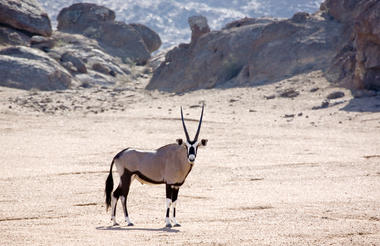

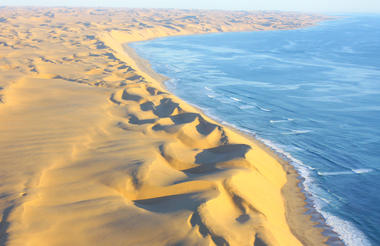
One of the most culturally and geographically diverse places on earth, South Africa, fondly known by locals as the 'Rainbow Nation', boasts 11 official languages, and its inhabitants are influenced by a fascinating mix of cultures. Discover the gourmet restaurants, impressive art scene, vibrant nightlife, and beautiful beaches of Cape Town. Enjoy a local braai (barbecue) in the Soweto township, browse the bustling Indian markets in Durban, or sample some of the world's finest wines at the myriad wine estates dotting the Cape Winelands. Some historical attractions to explore include the Zululand battlefields of KwaZulu-Natal, the Apartheid Museum in Johannesburg, and Robben Island, just off the coast of Cape Town. Above all else, its untamed wilderness is astonishing: wildlife roams freely across massive unfenced game reserves such as the world-famous Kruger National Park.
Johannesburg is one of Africa’s largest and most vibrant cities. It is an economic powerhouse in Africa and the gateway to Southern Africa. This bustling city offers a wide range of activities, attractions and plenty to do in and around the city including nearby Pretoria. Downtown is a multi-cultural mixture of traditional medicine shops, Chinese restaurants, taxi ranks and ultra-modern skyscrapers. There are excellent museums, art galleries and organised tours of historical and political interest. The shopping is Southern Africa’s best and the many restaurants cater for all tastes. Soweto, a township steeped in history and a significant part of the Greater Johannesburg metropolitan area, is a popular tourist destination.

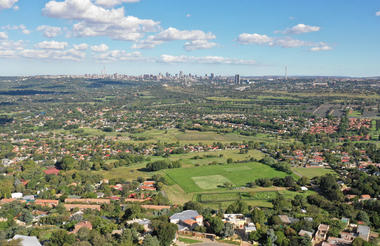

Situated in the southern reaches of Africa, Botswana is renowned for its pristine wilderness areas characterised by deep lagoons, wetlands, lush palms, rugged hills and desert plains. The country’s primary tourist drawcard is undoubtedly the vast red expanse of the Kalahari Desert and its remarkably beautiful Okavango Delta, the largest inland delta in the world. These natural wonders provide a tranquil haven for an abundance of African wildlife to thrive. Other highlights include the impressive Makgadikgadi Salt Pans, where visitors are privy to massive zebra migrations during the flood season; the Savuti plains, which host a significant pride of lions; and the Tsodilo Hills, where 4500 rock paintings form a unique record of human settlement over many millennia.
Welcome to Khwai Private Reserve, 440 000 acres bordering onto both the Moremi Game Reserve and Chobe National Park in northern Botswana. It is an innovative community based joint venture partnership that adjoins onto the world famous Okavango Delta eco-system. The Reserve was established to create a meaningful bridge between the tourism industry and local villagers, ensuring significant economic income for local communities, first world environmentally sensitive practices and a superb safari experience. The massive Khwai Private Reserve comprises of some of the most fantastically diverse habitats in northern Botswana, including riverine woodlands, floodplains, open savannah, mopane woodland, rivers and lagoons. This range of habitats results in a range of wildlife, including elephant, lion, leopard, wild dog, cheetah and of course the eponymous sable antelope.


